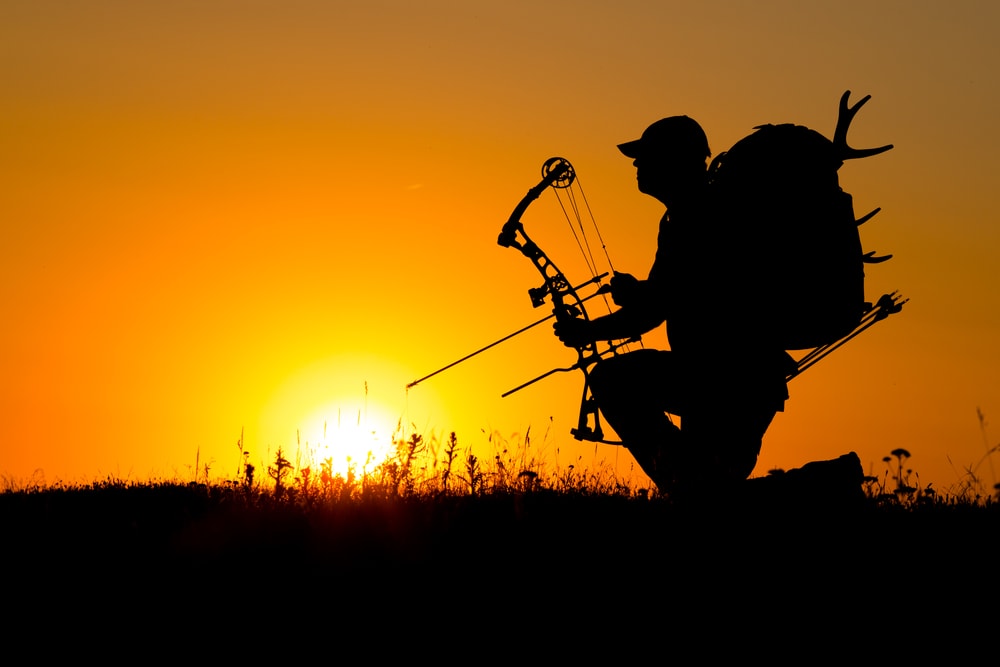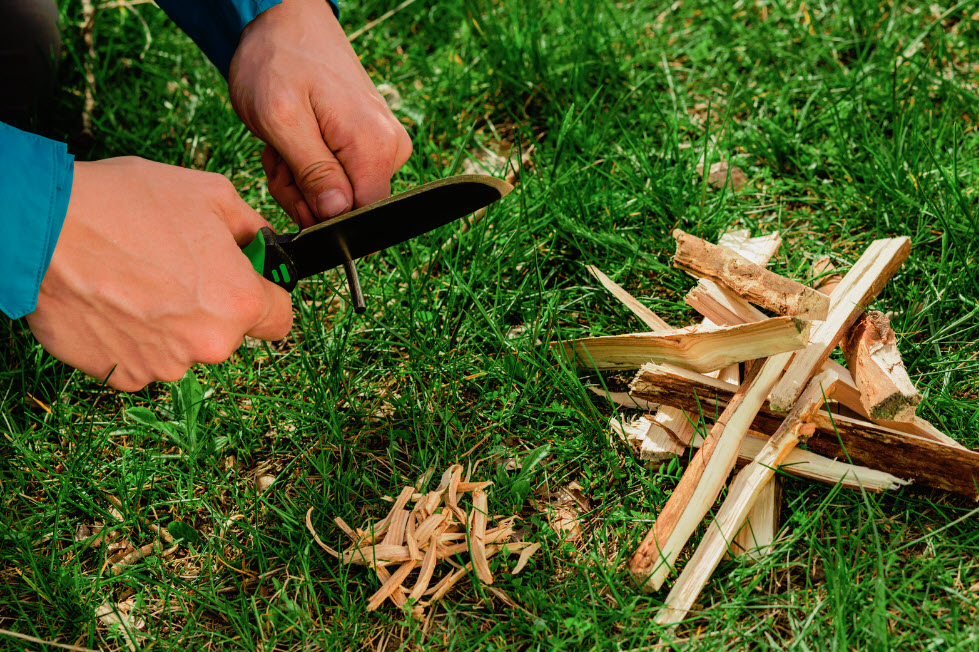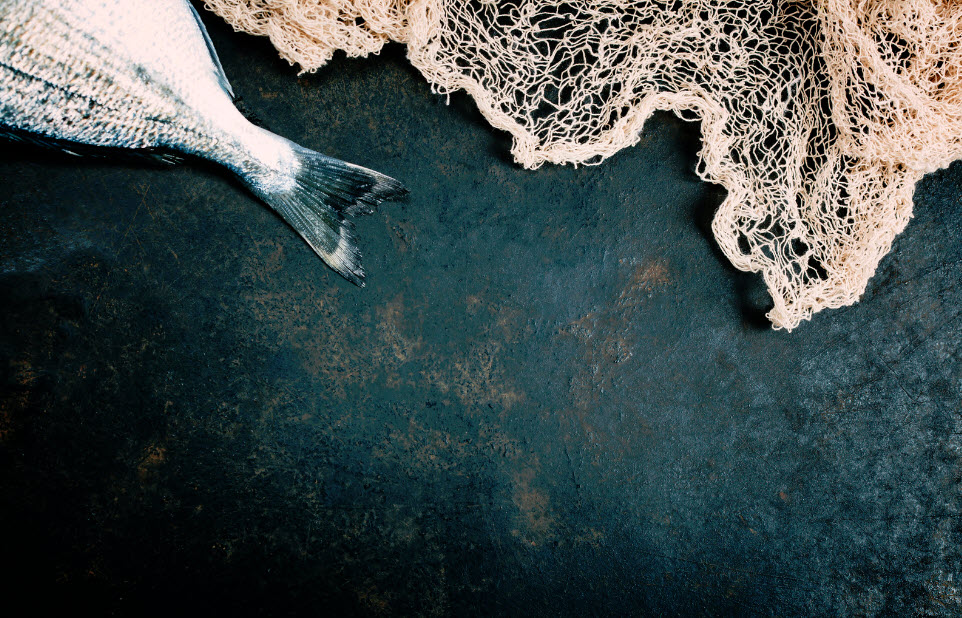
Photo by 2 Bros Media via Unsplash
Do you want to go all out on a survival adventure but want to know where to start? This guide will show you the ropes and provide you with the basics.
Page Contents
WATER IS ALWAYS THE FIRST PRIORITY
You can survive in the wilderness for a couple of weeks with little food. However, you can only survive for a few days with no water.
Where I’m I going to find water? You should logically think about this question. Water will always look for the lowest spot, and this is due to gravity. The base of a mountain, ravine, or hill is a good place to look for water. If you are in a desert, then you need to look around and see whether there is somewhere green. When there is green vegetation, it means there is water that feeds the plants. Green plants can also give you water. Take a plastic bag then tightly tight it to a green tree limb then wait for the water to start condensing. Using this method can give you up to a third a cup of water in just one day.
Finding water will not be enough. The water should not be contaminated because it could kill you in a matter of days as a result of waterborne diseases. If you plan on venturing deep into the woods, then it is a good idea to carry along a good water purifier.

PACKING A SURVIVAL KIT
Water purification tablets or a water purifier should always be with you. There are many other supplies that you need to have in your kit if you want to survive in the wilderness. Some of them include;
Knife
After clean water, the most important thing you are going to need when in the wilderness is a good knife. A good knife should have:
- A fixed blade over a foldable blade.
- A full tang, which means the metal part of your knife should be extending to the length of the handle.
- A length of between 4-6 inches.
It is also a good idea to have a multi-tool knife or a genuine Swiss Army Knife so it can supplement the survival knife.
First Aid Item
You should always have a first aid kit when you are taking a trip to the wilderness, especially when it is longer than a few hours. The further you are going to be from civilization, then the more robust the kit needs to be. Make sure you have something you are going to use in treating a wound, which includes things such as gauze, athletic tape, antibacterial topical ointment, and tweezers. It is also a good idea to bring along an over-the-counter medication that can help with swelling and fever. Make sure you bring with you sunscreen and lip balm if the area has intense sun. You need to customize first aid items based on the place you will be going and the personal medical issues you might have to deal with.
Fire Starting Equipment
Carrying small lighter is important, but you also need to have a couple of candles that you can use when the lighters are out of fluid. The easiest way to start a fire is by using flint and steel because it starts without the need for a lighter or matches. Carry a flint and steel kit with you, which will include a char cloth and something to use as a tinder nest, like rope fibers. You need to store them in a waterproof container. Having a candle is a good idea because you can easily light them and then use them when starting a larger fire.
Emergency Blanket
This is also known as a solar blanket or space blanket, and it is a light-weight mylar cover that is effective in trapping body heat. If your sleeping bags the wet or needs more heat, the blanket becomes the perfect addition to your kit. You can also use it as a reflector single that lets a search party know where you are.
Maps and Compass: never get into the woods if you don’t have a map or compass. When you use these two items correctly, you can easily get back to civilization.
You can either make up your own or purchase a pre-made survival kit.
THINKING ABOUT THE FOOD SITUATION
If you have no water, then there is no need to eat because the food needs a lot of water for digestion. Once you have the water situation sorted out, you will need food. Hopefully, you have not gone deep inside the woods without any food on you. If you end up stranded or lost, it is important to start rationing your food and have a plan for getting more.
You might be tempted to eat some berries or leaves once you have gotten hungry. On average, an adult can be able to survive for about three weeks without any food. If there is a risk of being stuck in the wilderness for more than a couple of weeks without food, then you should not take the risk of eating. Eating the wrong type of berries could end up being fatal because they can kill you faster than starvation.
There are some things you can eat with relative safety, and this includes grasshopper and some other insects. Ensure you have cooked these bugs properly because they can carry their own bugs. Cooking will help in killing harmful parasites. Remove the heads and wings of the insects before eating them. You should not east brightly colored insects or caterpillars because they tend to be poisonous.

STAYING WARM AND DRY
Hypothermia is more likely to kill you than starvation when in the wilderness. If you get lost, look for a safe and warm camp then wait for help to arrive instead of always being on the move. Hopefully, you have a tent, sleeping bag, and/or tarp. If you don’t have them, then use the knife to create a lean-to.
SURVIVAL IS NOT ABOUT FUN AND GAMES
Always keep in mind that wilderness survival is not a big adventure, although it might seem like it. When you are stranded or lost in the woods or going to the woods without any preparation, you will realize nothing is fun. When heading to the woods, make sure you are properly prepared. It is a good idea to have a survival kit even if you are going for a quick day hike. This ensures you are prepared for the worst-case scenario. A storm can come up, you could get lost, or you can get injured and have to wait for help. If you keep calm and have the survival kit above, then you will be able to survive.
What are the primary skills you need to survive in the wilderness?
Should you ever find yourself in a survival scenario, you need to start not losing your temper. Once you pull yourself together, you need to remember all the essential skills for staying alive in the wilderness. If you have none, you can begin by reading the following guide.

Finding water
As we’ve already mentioned, the first thing you need to think about has water. Dehydration poses a high risk for your health
Find a body of water such as a lake, river, or pond
Water flows downhill, so look for water in the valleys and depressions in the earth. If you’re in the mountains, walk parallel to it. It will be only a matter of time until you find a river or a stream. Once you find water, build your shelter close to it, but not on edge.
Sterilize water
If possible, you should boil the water you collect. Ideally, you need a container; otherwise, you can boil the water with a boiling pit.
- Dig a hole 2x2ft deep
- Separate the clay from the soil and line the hole with the clay. See that there are no openings/cracks in the clay layer.
- A shoe, hat, anything similar can be used as a recipient to take the water from the source and added to the boiling pit.
- Heat rocks on your campfire and drops them in the hole filled with water. As the stones cool down, you need to replace them with hot ones. Boil the water for 20 minutes.
Dig for water
If you cannot find a pond, stream, or river, dig a hole (1x1x1ft deep). It should fill with water overnight. Use a shirt or a piece of cloth to strain the water as it will be muddy.
Collect moisture from plants and ground
Use your shirt to collect dew in the morning. You press it into the ground to soak up water and bring it into your mouth.
Take a look at the ants
Stop and look at the ants that climb trees to find moisture in the bark. They typically travel toward a deposit of moisture that collects in the tree’s grooves. If possible, look for the line that ants make and press your shirt against the water deposit. Don’t swallow ants as they could have pincers.
Building a shelter
Look for a fallen tree/Cliffside
You have to build the shelter against a vast surface to have some protection against wind and animals. Don’t build your shelter close to animals.
If you find yourself in a desert, you should build the shelter around a depression in the ground. Dig up the sand to create a barrier for protection. Use brush (if possible) to cover the depression. Any cloth will do to protect from the elements.
When in a cold climate, you can build a snow trench shelter. Start digging a trench into the snow—it should be a bit longer than your body. Pile the snow around the trench to create a barrier against the elements.
Use large branches
You only need to look around you to find fallen branches. You shouldn’t cut any green branches. Lean on the large branches against the rock/tree as close as possible. Use 6 ft long branches. You want the shelter to be small yet spacious to accommodate you when curled up. A small shelter will keep you warmer than a larger one.
Even if you put the large branches close together, there will still be gaps between them. Use smaller branches to fill the gaps and cover the whole shelter with debris and leaves.
Line the ground inside the shelter
Don’t sleep on the damp ground because you will get cold. Place dry leaves or pine needles (or both) inside the shelter to have some insulation. If you stay more than one day, you should replace the bedding every day.
Getting food
Ready to eat bugs?
Even if many people get squeamish about eating bugs, we want to remind you that they are an excellent source of protein. Look for beetles, worms, crickets, and grasshoppers. You will probably find them in rotting logs and damp earth. Some bugs are poisonous, so don’t just eat any bugs. Throw away the extremities and outer shells before eating the bugs.

Eat nuts and edible bark
You will find nuts (acorns) at the base of trees. You can roast them on fire. The inner bark of some trees (firs, spruces, and pines) is safe to eat. When you find them, use a rock to dig into the bark until you see the cream-colored edible inner layer.
Look for bird nests
Look for bird nests on the ground, in the branches of trees. You can take the eggs or even catch the bird. Cook the eggs before eating.
Catch small animals
Get a young sapling and use a rock to cut it. You want a 5ft long sapling and at least 2in thick. Hold it over the fire to harden it a bit. Carry the spear throughout the day and use it to kill animals, if possible. Roast over the fire before eating.
Find lizards and cacti when in the desert
If your survival situation happens in the desert, you have various cactus plants with safe-to-use pads(leaves). You want to protect yourself from the spines, so wrap your hand in the shirt. Use a rock to remove the spines before eating the raw pad.
As for lizards, act as quickly as you can to catch them. Cook it thoroughly to avoid the risk of salmonella. Eat the tail meat and avoid the mouth due to salmonella risk.
Find fish
You can dig holes where the high tide meets the low tide if you’re close to the ocean or in a cold climate. When the tide recedes, the fish will become trapped in the holes. When close to a river or lake, use your spear to catch fish.
Building a Fire
Build a fire pit
Dig a hole away from the shelter (at least 5 ft away). Make it 6 ft long, 2ft wide, and 6 inches deep. Place stones around the edge and use some leaves or pine needles for kindling.
Make a bow drill
Get a rock/hardwood with a divot in it for the top of the drill. Use a piece of softwood and make a hole in it with a sharp rock. You want to have a triangular cut from the softwood’s edge to the hole so that the point of the triangle is at the hole. Use a green branch and create a bow with a shoestring. Use a hardwood stick like a drill.
Start the fire
Place the softwood in the firepit; you want the kindling to fill the triangular cut on edge. Place the drill in the hole as the bow’s string is wrapped around it in just one lop. The bow should be parallel to the ground. Keep the softwood with your foot and put the drill’s top in the rock/divot of hardwood. Draw the bow back and forth to create friction and, eventually, make a spark.








